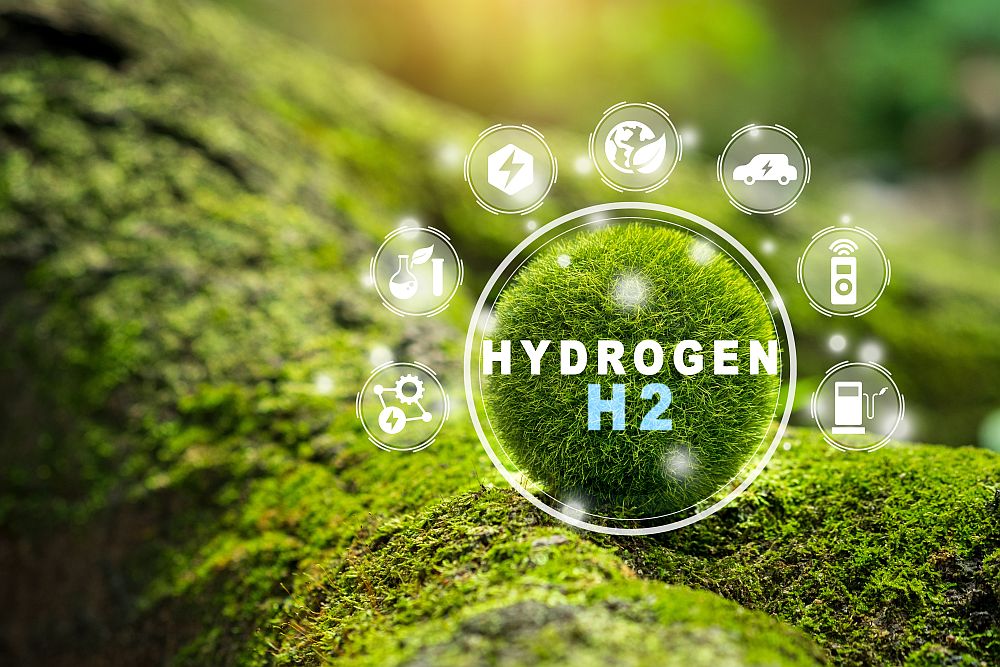
[Image above] Xanthan gum, a common food additive, holds promise in construction applications as well as a bio-based concrete stabilizer. Credit: Artizone, Flickr (CC BY-NC-ND 2.0)
Nothing says summer like a bowl of thick, creamy ice cream. But to obtain this consistency, ice cream requires emulsifiers and stabilizers, or substances that help manage the behavior of water and fat within the mixture. These substances ensure the ice cream has a smooth texture that does not melt too quickly during consumption.
When my friend first started experimenting with making water-based ice creams, he attempted to use xanthan gum, an extracellular polysaccharide, to thicken, emulsify, and stabilize the mixture. He quickly discovered this emulsifier was too effective, however, when the ice cream thickened like cooled molasses. So, he pivoted to the milder thickening agent cellulose gum instead.
Even though xanthan gum did not work as intended for homemade creamy desserts, the material’s extremely effective thickening and stabilizing properties caught the eye of researchers at Columbia University who did want to create a rock-hard substance—namely, earth-based concrete.
Traditional concrete based on Portland cement has high embodied carbon, meaning a lot of carbon emissions will be produced throughout this product’s lifecycle, from fabrication to disposal. With the increased awareness of how carbon emissions affect the planet, many in the construction sector are looking for concrete formulations that can reduce embodied carbon, such as those based on earthen and clay-based materials.
Earth-based concretes are generally nontoxic and do not require energy-intensive manufacturing. However, these composites often exhibit inherent instabilities and limited mechanical properties, necessitating the use of stabilizers to enhance their suitability for construction purposes.
Conventionally, small amounts of cement are used to stabilize earth-based concrete. But to negate the need for Portland cement entirely, there is a shift toward using bio-based stabilizers with lower carbon footprints.
Xanthan gum stands out among bio-based stabilizers for its exceptional effectiveness in enhancing soil durability and mechanical performance. It also possesses a notably lower market price compared to other commonly used biopolymers, such as gellan gum, agar, and guar gum.
Despite its well-known effects on soil mechanics, however, “the impact of [xanthan gum’s] interaction on the rheological performance of clay suspensions and its subsequent implications for advanced applications like 3D printing of earth-based materials remain largely unexplored,” the Columbia University researchers write in a recent paper.
Under the guidance of ACerS member Shiho Kawashima, the researchers aimed to bridge this gap between microscopic clay–polymer interactions and macroscopic rheological and printing behavior. They used a mixture consisting of kaolinite clay, Ottawa test sand, water, and xanthan gum as the sample earth-based concrete.
First, they conducted microstructural characterizations of the sample composition to assess potential changes in particle interactions. Then, they varied the xanthan gum concentrations and different water/clay ratios to observe how these changes affected key rheological properties, such as viscosity and yield stress. They then correlated these findings with the identified microstructural interactions.
One of the main takeaways from these tests was that both xanthan gum and kaolinite share high negative surface charges, leading to electrostatic repulsion between them in suspension. So, xanthan gum did not directly bind to the kaolinite particles, but its presence impeded the free movement of kaolinite particles, “thereby obstructing their ability to form flocs and consequently leading to delayed sedimentation and promoting dispersion,” the researchers write.
Following these tests, the researchers investigated the extrudability and buildability of the sample earth-based concrete using syringe pump extrusion tests and 3D printing experiments. They determined that at 0.6 wt.% xanthan gum, there begins a gradual rise in yield stress and viscosity due to polymer network formation, which enhances buildability. At 5 wt.% xanthan gum, the mixture’s yield stress and viscosity reach a state that is ideal for 3D printing.
“This exploration highlights the pivotal role of XG [xanthan gum] as a dual-functionality agent, acting as a robust binder and a promising rheology modifier,” the researchers conclude.
The paper, published in Cement and Concrete Research, is “Rheology, 3D printing, and particle interactions of xanthan gum-clay binder for earth concrete” (DOI: 10.1016/j.cemconres.2024.107551).
Author
Lisa McDonald
CTT Categories
- Cement
- Environment


